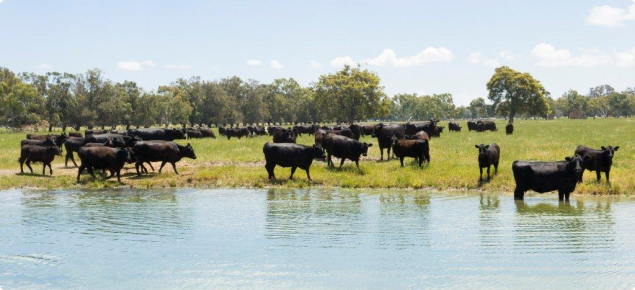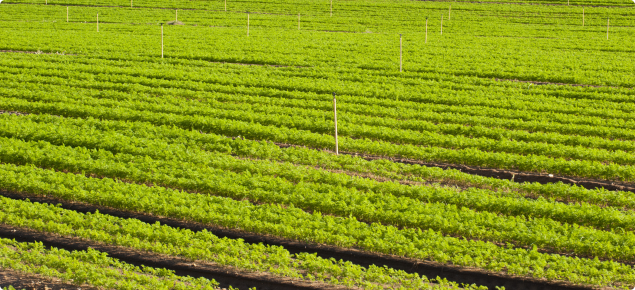What are the pressures for change?
Producers have shown resilience to rainfall decline and temperature changes by adopting innovative technologies, management and tactical responses. Projections are for continued climate changes, and these changes will need more adaptation.
Western Australian (WA) producers will experience:
- ecophysical changes, such as higher temperatures, changes in the amount, intensity and distribution of rainfall, and more frequent dry periods, will affect the productivity of crops and livestock and how natural resources are managed
- economic pressures related to increasing human populations, changing human dietary preferences and costs of production will provide positive and negative drivers to terms of trade
- policy-related economic pressures, such as land-use pressures, rights to water, mitigating greenhouse gas emissions and energy prices, will increasingly influence agricultural enterprises
- social pressures related to the the liveability of regional communities and health and safety concerns will increase as temperatures increase, particularly in areas where water availability declines.
How can producers adapt?
There are 3 broad levels of adaptation:
- incremental adaptations, such as adjusting existing practices and technologies
- transitional adaptations, such as changing production systems
- transformative adaptations, such as relocating production or changing land use.
Enterprises in marginal areas are most at risk from climate change – southern rangelands, and northern and eastern grainbelt areas are most at risk.
Broadacre producers in WA have been adopting incremental (and to a lesser degree transitional) changes to deal with the consequences of a drying climate and declining terms of trade over decades. Incremental changes are likely to continue in the medium term (2020–30) across most sectors and regions, and we recommend planning for transitional and transformative adaptations for the long term, especially in marginal areas.
Agriculture's ability to adapt relies on the development and adoption of viable alternatives and new technologies, the level of ‘social capital’ and trust, networks that enable constructive dialogue, and rapid assessment and transmission of innovation, capacity and willingness to change.
What are the options for adaptation?
We provide information and technical support for making changes at the incremental, transitional and transformative levels. A general guide is available for each major enterprise and for soil and water resources:
- broadacre cropping
- broadacre livestock production
- horticulture
- pastoral industry
- soil and water resources.
Climate adaptation resources
- Download DPIRD publications:
- Climate-ready agriculture: a situation statement for Western Australia (PDF 470kB)
- Climate change: impacts and adaptation for agriculture in Western Australia (PDF 4.9MB)
- Climate change, vulnerability and adaptation for south-west Western Australia: Phase one of action 5.5, Western Australian Greenhouse Strategy (PDF 1.8MB)
- Adapting to a changing climate, Australian Government, Department of Agriculture and Water Resources
- Climate change research program, Australian Government, Department of Agriculture and Water Resources
- Climate change in Australia: projections for Australia's NRM regions, CSIRO
- Climate adaptation: agriculture and mining, CSIRO
- Climate adaptation: crops ready for a different future climate, CSIRO
- Climate change: ways for farmers and land managers to participate or learn more, Australian Government, Department of the Environment and Energy
- Climate change adaptation: Northern Agricultural Region Vision, NARvis, Western Australia
- Supporting climate adaptation planning and decision-making for regional NRM: AdaptNRM, CSIRO
- Climate change in the south-west of Western Australia, Wheatbelt Natural Resource Management



